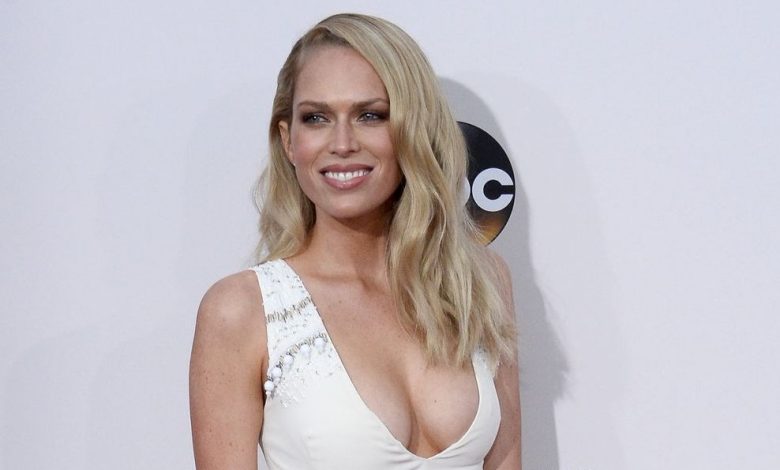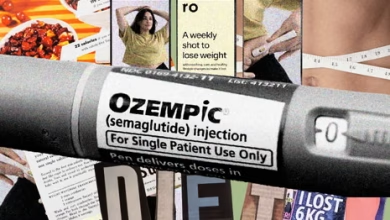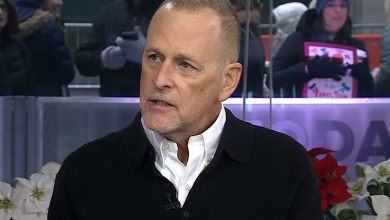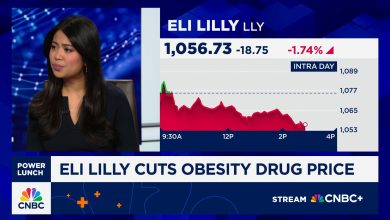Erin Foster’s Emotional IVF Journey: What Truly Kept Her Going

When Erin Foster first embarked on her journey toward motherhood, she knew little of the emotional terrain she would cross. What started as hopeful planning turned into a multi-year odyssey of injections, egg retrievals, transfers, heartaches and hope. Yet through it all, she discovered what truly sustained her—and her confession is as moving as it is honest.
The Beginning: From Ambition to Reality
Erin Foster, writer, producer and actress, has never shied away from honest conversations. But when it came to her fertility journey, openness evolved into necessity.
After turning 34 and finding that her ovarian reserve was unusually low, Erin began exploring her options. She underwent egg-retrievals, froze eggs, tried embryo creation—but results were disappointing. As she recounts:
“I got three eggs… then two… we had eight eggs total… none of the eight worked.”
She later revealed she went through 20+ egg retrievals and five embryo transfers before finally conceiving.
In practical terms: the process was staggering in both scale and emotional weight. Every injection, every blood draw, every cancelled cycle carried its own cost.
The Emotional Weight of “Keep Trying”
When you hear “just try again,” it sounds simpler than it is. For Erin, the repeated cycles wore on her. She described the process like this:
“IVF is sort of like a gambling addiction: you always think it’s going to work next time.”
There were moments when she felt numb. She told Allure:
“I was just getting hit over and over and over again, and at a certain point I stopped reacting. I became glazed over. Numb.”
Some of the specific challenges:
- Feeling disconnected from her body – she said:
“I hated my body. It wasn’t doing what I wanted it to do.”
- The shame and isolation of being in treatment while much of the world moves on.
- The question of how much is too much? When do you stop? When do you pivot? Erin admits she asked those questions again and again.
- The external pressure, the well-intended but hurtful comments from others. She gives advice to people supporting someone undergoing fertility treatments:
“People don’t realise that going through IVF tests your humanity. … When you say, ‘Have you tried this smoothie? Have you done that?’, you are telling me something I’m doing is preventing it. And I’m already feeling that.”
Clearly, for Erin, the emotional and physical toll was vast—but she kept going. Why?
What Actually Held Her Up
Here we get to the heart of Erin’s confession: what really gave her the stamina to push on, even when she felt she couldn’t.
1. The Faith That It Would Work Out
Erin admitted she didn’t always feel positive—but she had faith. On the podcast appearance with Gwyneth Paltrow and her sister Sara, she said:
“I wasn’t always positive, but I always had faith that it was going to work out.”
It was less about blind confidence and more about hope anchored in something deeper: a resolve that her story wasn’t over.
2. Letting Go of “How Life Should Look”
Erin shared that she had a clear idea: “When I was 32 I thought, maybe I won’t meet my person till I’m 41.”
She accepted that life might not follow her script. Whereas in her early years her sister Sara perhaps had fewer hurdles, Erin felt accustomed to harder paths—and that helped. She said:
“My life didn’t turn out the way I thought it was going to. It’s very different … I ended up having a baby at 41, and that’s not when I thought I was going to have a baby…”
There’s freedom in dropping the plan. For her, that freedom allowed persistence.
3. A Reset That “Kind of Saved Me”
Erin told the story of one key moment:
After around her 10th or 11th cycle she reached a breaking point. Her sister Jordan flew in, and they spent three days in Sonoma, off phones, biking, getting massages—just disconnecting. “It kind of saved me. It gave me some stamina because I felt like I was going to lose my mind a little bit with the frustration.”
This was important: she realized she couldn’t do this grinding process without rest. Without moments of joy and perspective. That reset was like breathing room in a very long marathon.
4. Being Open, Sharing the Story
Erin’s decision to speak publicly about her IVF journey became part of how she kept going. In a conversation with People she said:
“I’ve done an extraordinary amount of IVF … and I know so many women who have done IVF.”
And about her T-shirt campaign with her sister’s brand:
“When I started hearing that somebody else admitting that they went through what you went through, makes you feel less alone.”
There’s power in platform, in shared experience. For Erin, knowing her story could help others turned pain into purpose.
The Turning Point & Aftermath
Ultimately, Erin’s journey led to success. She welcomed daughter Noa in May 2024 with husband Simon Tikhman. The moment of success doesn’t erase the struggle—but rather makes it part of a meaningful narrative.
She chose to have an unmedicated home birth, too—perhaps as a way of reclaiming her body after the medicalization of so many cycles. She explained:
“Every stage of my pregnancy was like magic… I just couldn’t believe my body was actually pulling this off. And I wanted to feel the birth. … This is the one thing I can try to have on my terms.”
Her birth experience: intense, painful—but triumphant.
And in the months since, Erin has continued advocating for openness around infertility, for support and visibility. She and Sara launched IVF-awareness T-shirts via their brand Favorite Daughter.
What Her Story Means for Others
Erin’s confession isn’t just about one person’s journey—it resonates because it touches on universal themes.
Vulnerability & Strength: It’s often assumed you must be strong and silence everything. Erin shows that strength can include breaking down—and breaking open.
Resilience & Reality: Resilience doesn’t mean powering through endlessly without help. It means recognizing your limits, reaching for reset, letting others help.
Hope & Authenticity: The hope she held wasn’t naive denial—it was an authentic faith anchored in lived experience. “I may not know when—but I believe I will become a mum.”
Community & Conversation: When fertility challenges are silent, they feel isolating. Erin’s decision to speak up invites others in—and that alone can make a difference.
Redefining Success: Success wasn’t about “perfect plan → baby on first try.” It was about persistence, adaptation, and eventually arriving. And by her own admission:
“Once you become a mom, you really don’t care how you got there. … And now I only want this baby. This was the baby I was meant to have.”
Final Thoughts
Erin Foster’s emotional confession about what kept her going through IVF is a luminous reminder: sometimes what carries us isn’t the clinical milestone, the next cycle, or even the physical body—it’s the why. The love, the vision, the belief. The sister who shows up when you’re on your knees. The moment you decide you’ll let it hurt, and also decide you’ll still keep going.
If you’re someone navigating fertility challenges—or supporting someone who is—Erin’s story offers both solace and solidarity. It says: HOPE isn’t about pretending. It’s about continuing. And doing so with your heart intact.
“I was one of those people … I found the heartbeat every single night without fail. … I was nervous.”
“I said to people: ‘When I have a disappointment I just want you to gossip with me about something else. I don’t want you to ask me what happened.’”
Through her transparency, Erin shows the raw, messy, beautiful truth of this kind of journey. And what emerges is not just a story of struggle—but a story of human spirit.




